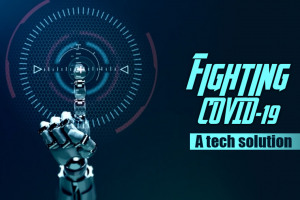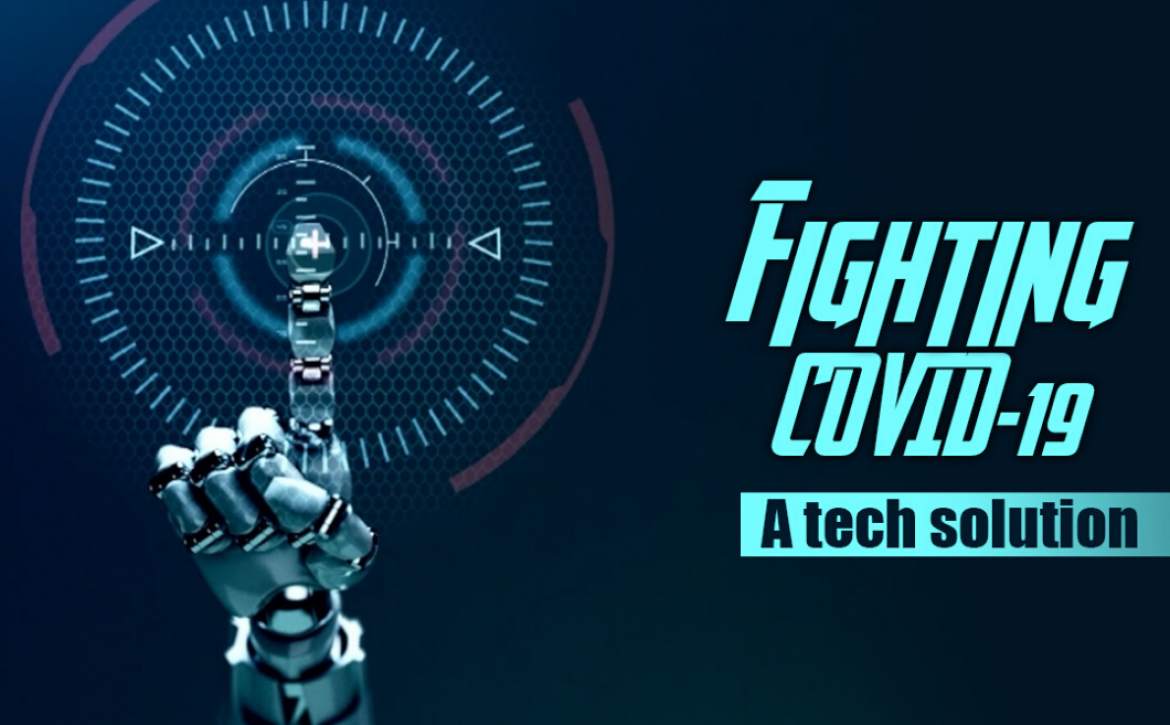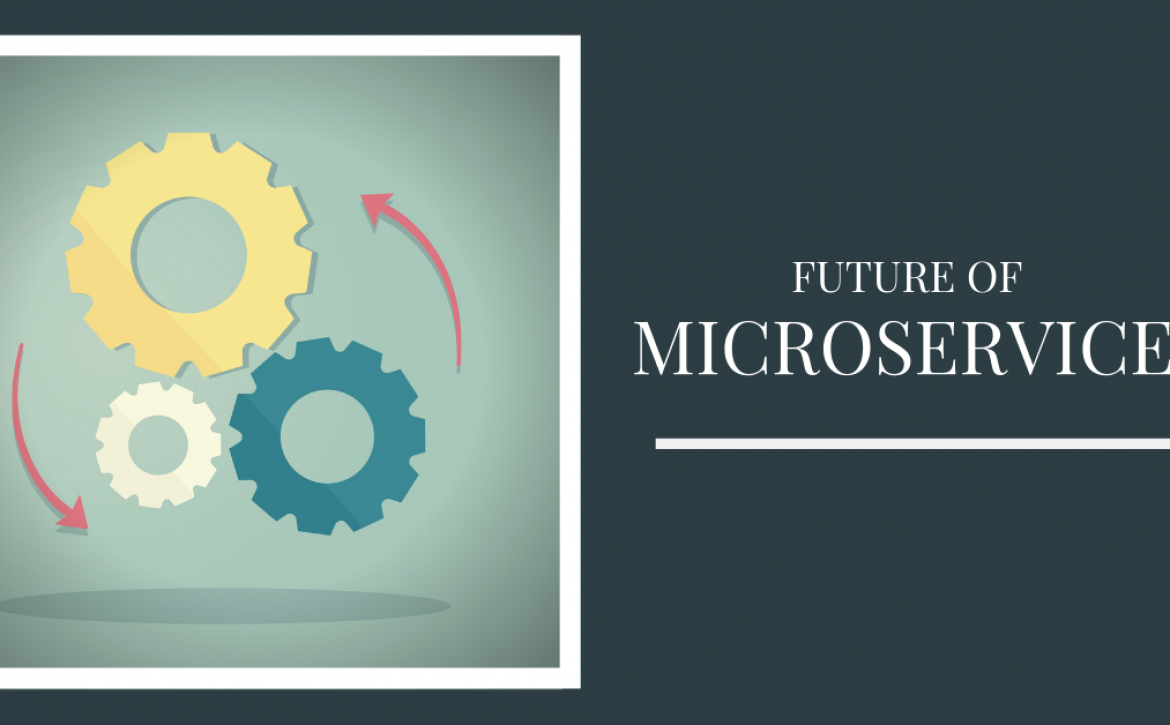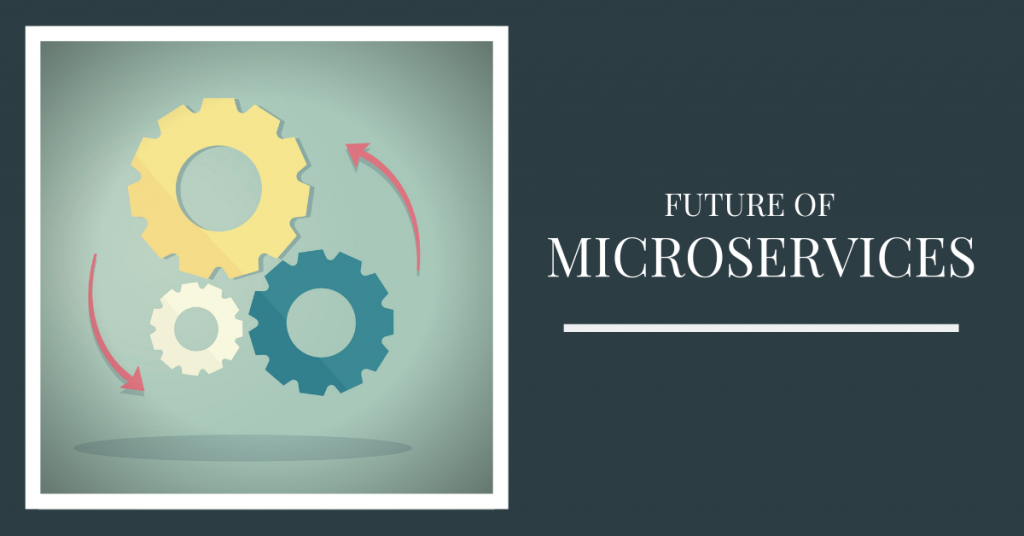GoodWorkLabs Fighting COVID-19
Hit by a pandemic, we all have changed the way we have been working and prioritising work. Almost all the businesses in the world have changed their work approach and business model to fit in the new normal in the past few months. Understanding the gravity of the situation, many corporates are now providing a helping hand to the government, health-care institutes, and the public at large by helping them fight COVID-19 in one way or the other.
GoodWorkLabs, a world-leading technology organisation based in Bangalore, India and San Francisco Bay Area, USA has always been committed to helping businesses solve complex problems using technology. During these unprecedented times, we have pledged to help create sustainable and affordable tech solutions to fight the COVID-19 crisis. Being a futuristic tech company, we are looking forward to partnering with businesses/ startups to create effectively-designed tech solutions to combat the COVID-19 problems that the world is facing today.
We believe that even if the technology cannot prevent the onset of the pandemics, it can, however, help prevent the spread of infection, educate, empower, and warn people around. We can help businesses and start-ups optimise the trending technologies to fight COVID-19 – application development, cloud, IoT, big-data, AI/ML, etc.

Mobile Application Development:
GoodWorkLabs is one of the leading app development company in India. We are known for developing cutting-edge mobile applications and games on all major platforms – iPhone, Android, and Windows. With the hands-on experience in the app development industry, we have helped businesses and start-ups leverage their presence in the app store markets.
During the pandemic, the developers at GoodWorkLabs are highly motivated to use their talents and ideas in building an innovate mobile application that can help end-users be aware and safe during this pandemic.
Artificial Intelligence and Machine Learning
GoodWorkLabs comes with a vast experience of setting up an advanced centre of big data, AI, and ML technologies. We have worked with clients ranging from Start-ups to Fortune 500 companies to develop unique and helpful solutions using these technologies. We believe that big data, AI, and ML can transform business and its operations in the near future. Understanding the nuances of AI, ML, deep learning, language processing, and big data, we ensure to create solutions that are powerful and reliable backed by minutely detailed data.
Cloud and Internet of Things
At GoodWorkLabs, we have a dedicated and most skilled IoT app development team which is committed to delivering products and applications that bring change in the current times. Over the years, we have supported clients from India, the USA, and Europe in the optimization and automation of the IoT products. Seamlessly delivering the effective and ahead of time IoT products and applications is our key focus area at this moment.
Observing the current world crisis closely, we believe that the world has now truly understood the importance of digital readiness. The acceptance and usage of these digital technologies will help us be aware, ready, and fight the current and future pandemics. It is essential for the companies, corporates, and start-ups to focus on building necessary digital infrastructure and help the community and people stay safe and aware. We are in the times when we should take an approach where technology is used for people-centred problems.
In this regard, we are looking forward to partnering with businesses/start-ups to create effectively-designed tech solutions that combat the COVID-19 problems the world is facing today. Let us together make a difference and enable a COVID free world! Connect with us at [email protected] or call +91- 9863077000 and read about our service offerings in detail here.







